Painting techniques – Chiaroscuro
Painting techniques – Chiaroscuro
Chiaroscuro (Italian: “light-dark”) in art is characterized by strong contrasts between light and dark, usually bold contrasts affecting a whole composition. It is also a technical term used by artists and art historians for using contrasts of light to achieve a sense of volume in modeling three-dimensional objects such as the human body.
Further specialized uses include chiaroscuro woodcut, for coloured woodcuts printed with different blocks, each using a different coloured ink; and chiaroscuro drawing for drawings on coloured paper with drawing in a dark medium and white highlighting. Similar effects in the lighting of cinema and photography are also chiaroscuro.
Origin in the chiaroscuro drawing
Chiaroscuro originated during the Renaissance as drawing on coloured paper, where the artist worked from this base tone towards light, with white gouache, and dark, with ink, bodycolour or watercolour. These in turn drew on traditions in illuminated manuscripts, going back to late Roman Imperial manuscripts on purple-dyed vellum. Chiaroscuro woodcuts began as imitations of this technique. When discussing Italian art, the term is sometimes used to mean painted images in monochrome or two colours, more generally known in English by the French equivalent, grisaille. The term early broadened in meaning to cover all strong contrasts in illumination between light and dark areas in art, which is now the primary meaning.
Chiaroscuro modelling
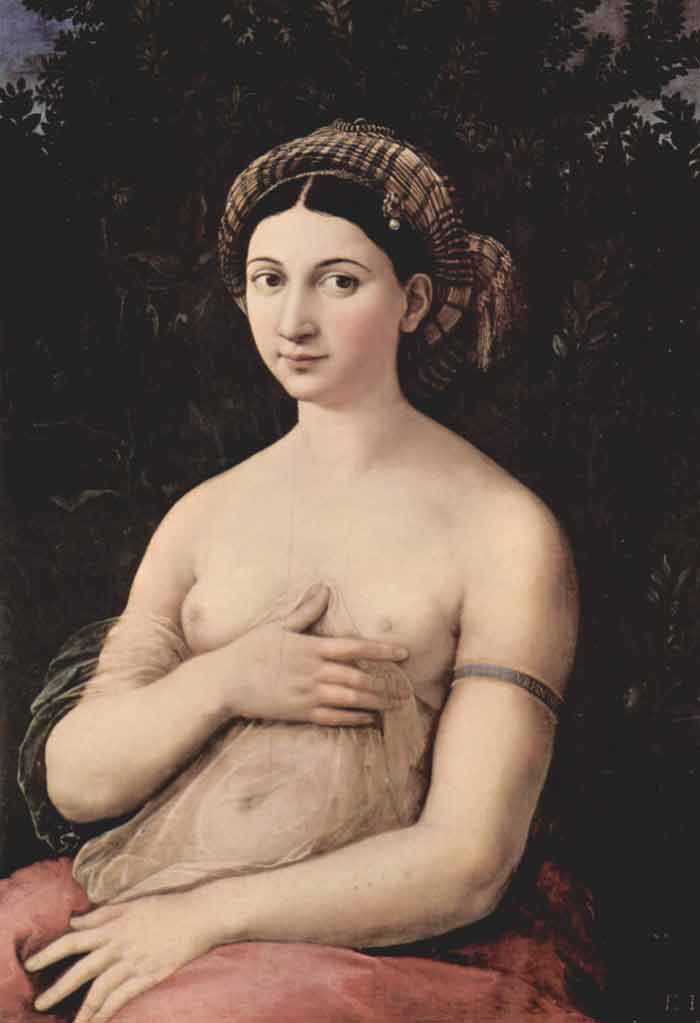
La Fornarina by Raphael
The more technical use of the term chiaroscuro is the effect of light modelling in painting, drawing or printmaking, where three-dimensional volume is suggested by the value gradation of colour and the analytical division of light and shadow shapes – often called “shading”. The invention of these effects in the West, “skiagraphia” or “shadow-painting” to the Ancient Greeks, was traditionally ascribed to the famous Athenian painter of the 5th century BC, Apollodoros. Although virtually no Ancient Greek painting survives, their understanding of the effect of light modelling can still be seen in the late 4th century BC mosaics of Pella, Macedonia, in particular the Deer Hunt, in the House of the Abduction of Helen, inscribed gnosis epoesen, or ‘knowledge did it’.
They also survived in rather crude standardized form in Byzantine art and were refined again in the Middle Ages to become standard by the early fifteenth-century in painting and manuscript illumination in Italy and Flanders, and then spread to all Western art. The Raphael painting illustrated, with light coming from the left, demonstrates both delicate modelling chiaroscuro to give volume to the body of the model, and also strong chiaroscuro in the more common sense in the contrast between the well-lit model and the very dark background of foliage. However, to further complicate matters, the compositional chiaroscuro of the contrast between model and background would probably not be described using this term, as the two elements are almost completely separated. The term is mostly used to describe compositions where at least some principal elements of the main composition show the transition between light and dark, as in the Baglioni and Geertgen tot Sint Jans paintings illustrated above and below.
Chiaroscuro modelling is now taken for granted, but had some opponents; the English portrait miniaturist Nicholas Hilliard cautioned in his treatise on painting against all but the minimal use we see in his works, reflecting the views of his patron Queen Elizabeth I of England:”seeing that best to show oneself needeth no shadow of place but rather the open light…Her Majesty..chose her place to sit for that purpose in the open alley of a goodly garden, where no tree was near, nor any shadow at all…”
In drawings and prints hatching, or shading by parallel lines, is often used to achieve modelling chiaroscuro. Washes, stipple or dotting effects, and “surface tone” in printmaking are other techniques.
Compositional chiaroscuro to Caravaggio
Manuscript illumination was, as in many areas, especially experimental in attempting ambitious lighting effects, as the results were not for public display. The development of compositional chiaroscuro received a considerable impetus in Northern Europe from the vision of the Nativity of Jesus of Saint Bridget of Sweden, a very popular mystic. She described the infant Jesus as emitting light himself; depictions increasingly reduced other light sources in the scene to emphasize this effect, and the Nativity remained very commonly treated with chiaroscuro through to the Baroque. Hugo van der Goes and his followers painted many scenes lit only by candle, or the divine light from the infant Christ. As with some later painters, in their hands the effect was of stillness and calm rather than the drama of the Baroque.
Strong chiaroscuro became a popular effect during the sixteenth century, in Mannerism and in Baroque art. Divine light continued to illuminate, often rather inadequately, the compositions of Tintoretto, Veronese and their many followers. Dark subjects dramatically lit by a shaft of light from a single constricted and often unseen source was a compositional device developed by Ugo da Carpi (c. 1455-c. 1523), Giovanni Baglione (1566–1643) and Caravaggio (1573–1610), the last of whom was crucial in developing the style of tenebrism, where dramatic chiaroscuro becomes a dominant stylistic device.
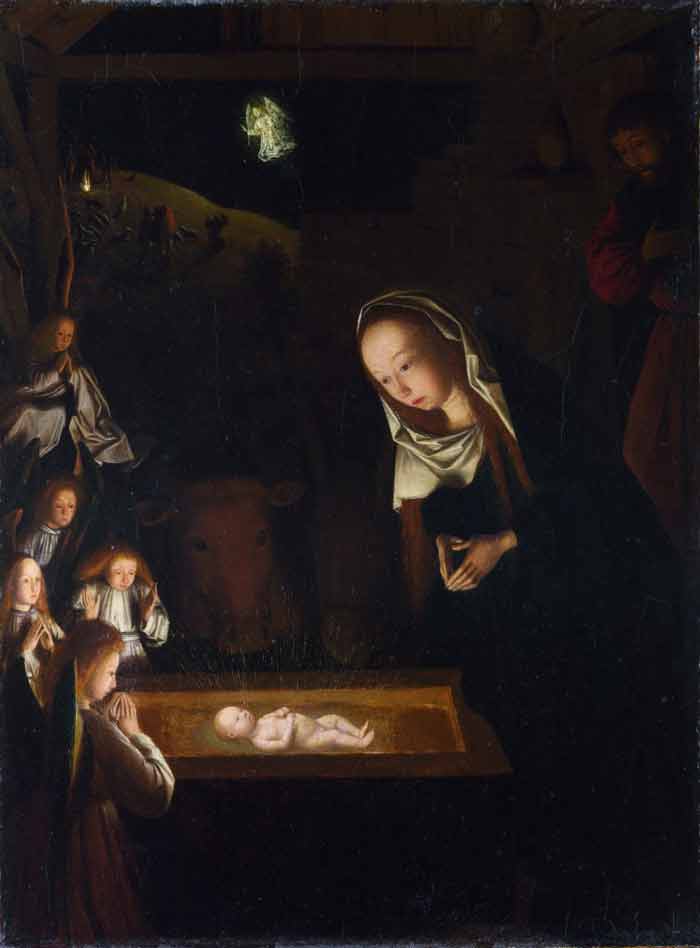
Nativity at Night by Geertgen tot Sint Jans
17th and 18th centuries
Tenebrism was especially practiced in Spain and the Spanish-ruled Kingdom of Naples, by Jusepe de Ribera and his followers. Adam Elsheimer (1578–1610), a German artist living in Rome, produced several night scenes lit mainly by fire, and sometimes moonlight. Unlike Caravaggio, his dark areas contain very subtle detail and interest. The influences of Caravaggio and Elsheimer were strong on Peter Paul Rubens, who exploited their respective approaches to tenebrosity for dramatic effect in paintings such as The Raising of the Cross (1610–1611).
A particular genre that developed was the nocturnal scene lit by candlelight, which looked back to earlier northern artists like Geertgen tot Sint Jans and more immediately to the innovations of Caravaggio and Elsheimer. This theme played out with many artists from the Low Countries in the first few decades of the 17th century, where it became associated with the Utrecht Caravaggisti like Gerrit van Honthorst and Dirck van Baburen, and with Flemish Baroque painters such as Jacob Jordaens. Rembrandt’s early works from the 1620s also adopted the single-candle light source. The nocturnal candle-lit scene re-emerged in the Dutch Republic in the mid 17th century on a smaller scale in the works of fijnschilders such as Gerrit Dou and Gottfried Schalken.
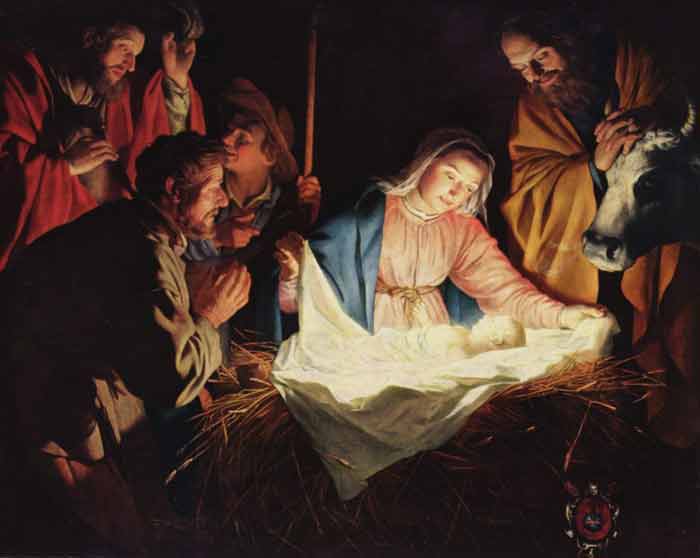
Gerard_van_Honthorst
Rembrandt’s own interest in effects of darkness shifted in his mature works. He relied less on the sharp contrasts of light and dark that marked the Italian influences of the earlier generation, a factor found in his mid-17th century etchings. In that medium he shared many similarities with his contemporary in Italy, Giovanni Benedetto Castiglione, whose work in printmaking led him to invent the monotype.
Outside the Low Countries, artists such as Georges de La Tour and Trophime Bigot in France and Joseph Wright of Derby in England, carried on with such strong, but graduated, candlelight chiaroscuro. Watteau used a gentle chiaroscuro in the leafy backgrounds of his fêtes galantes, and this was continued in pictures by many French artists, notably Fragonard. At the end of the century Fuseli and others used a heavier chiaroscuro for romantic effect, as did Delacroix and others in the nineteenth century.
Usage of the term
The French use of the term, clair-obscur, was introduced by the seventeenth century art-critic Roger de Piles in the course of a famous argument (Débat sur le coloris) on the relative merits of drawing and colour in painting (his Dialogues sur le coloris, 1673 was a key contribution to the Débat). In English, the Italian term has been used since at least the late 17th century. The term is less often used of art after the late nineteenth century, although the Expressionist and other modern movements make great use of the effect. Especially since the strong 20th century rise in the reputation of Caravaggio, in non-specialist use the term is mainly used for strong chiaroscuro effects such as his, or Rembrandt’s. As the Tate puts it: “Chiaroscuro is generally only remarked upon when it is a particularly prominent feature of the work, usually when the artist is using extreme contrasts of light and shade.” Photography and cinema have also adopted the term.
Classical voice instructors describe the optimal balance of clearness and darkness in the singing voice tone as chiaroscuro: a combination of brightness and “ping” (brilliance and resonance) with warmth and depth i.e. the ‘dark’ colours (natural or manufactured) of the individual timbre. This technique is one of the main arsenals of dramatic singers especially useful in verismo operas e.g. Tosca, Pagliacci, and Cavalleria rusticana, where it can be used to great effect in recitatives and declamatory passages; it also allows more lyric voices to safely survive the strain of bread-and-butter lyrico-spinto roles such as Mario (Tosca). Famous examples include Zinka Milanov, Maria Callas, Leontyne Price, Anna Moffo, Carlo Bergonzi, Franco Corelli and Renata Scotto.
Chiaroscuro was also the name of a rat in the award winning book, The Tale of Desperaux by Kate Dicamillo, which also had many light-dark references.


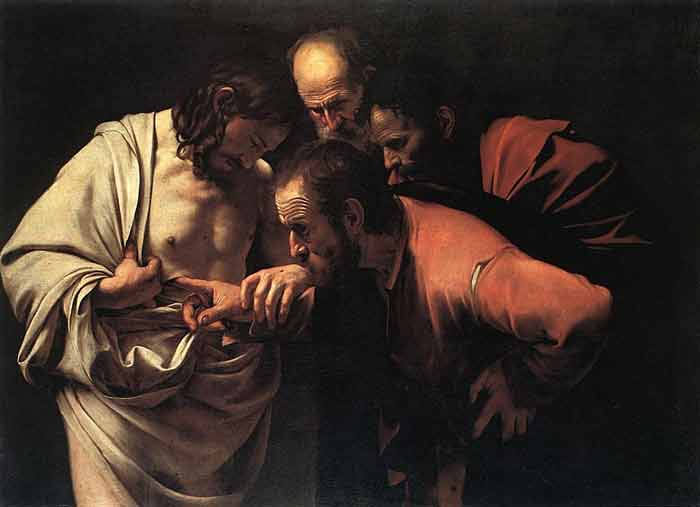
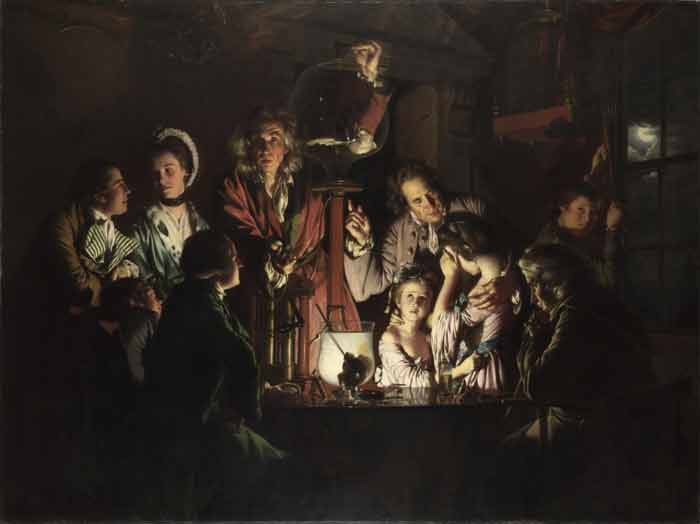
This Post Has 0 Comments